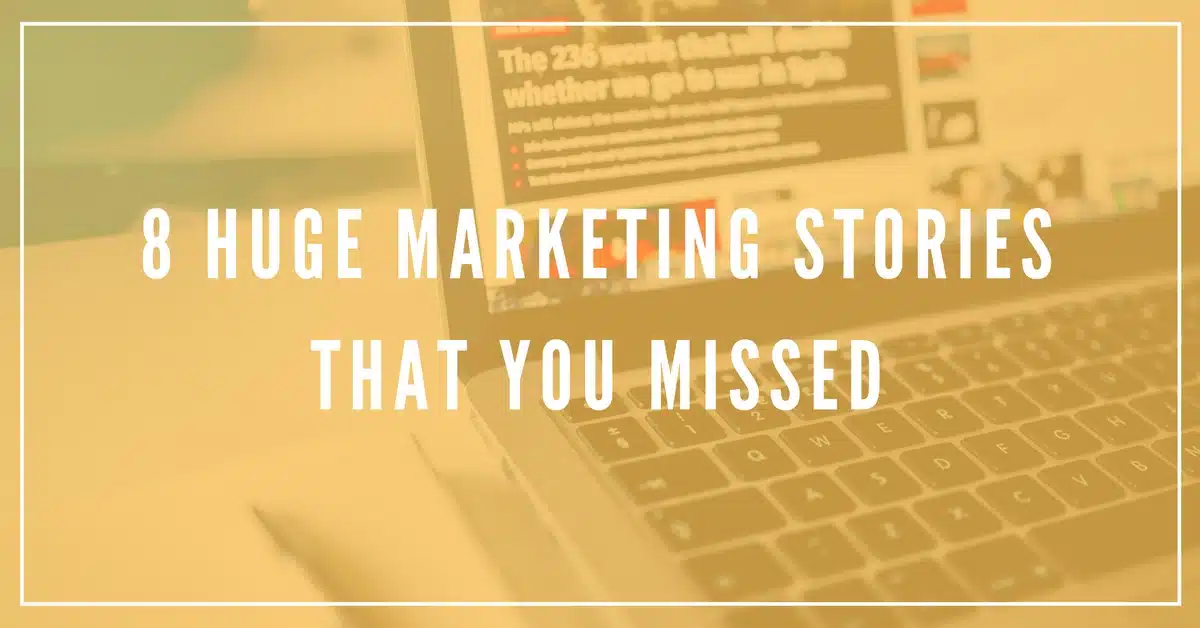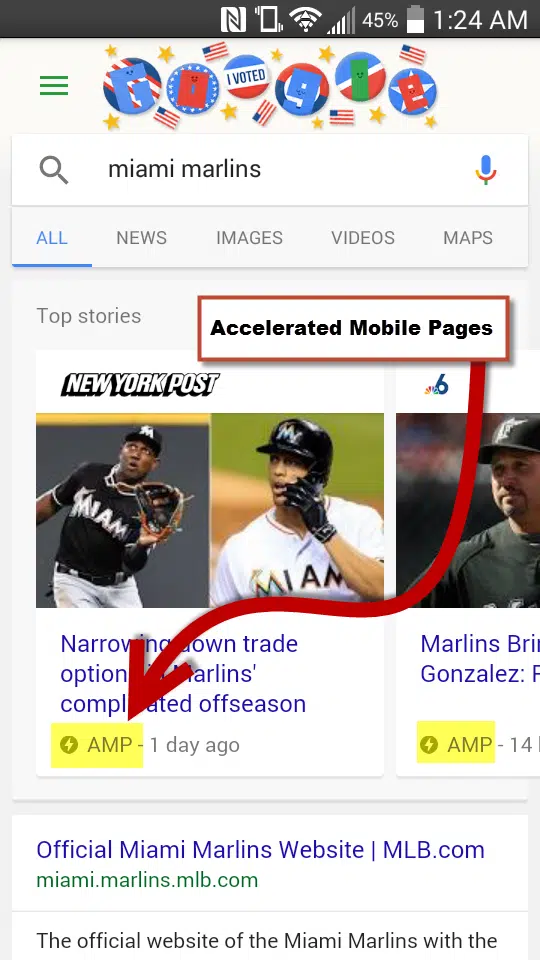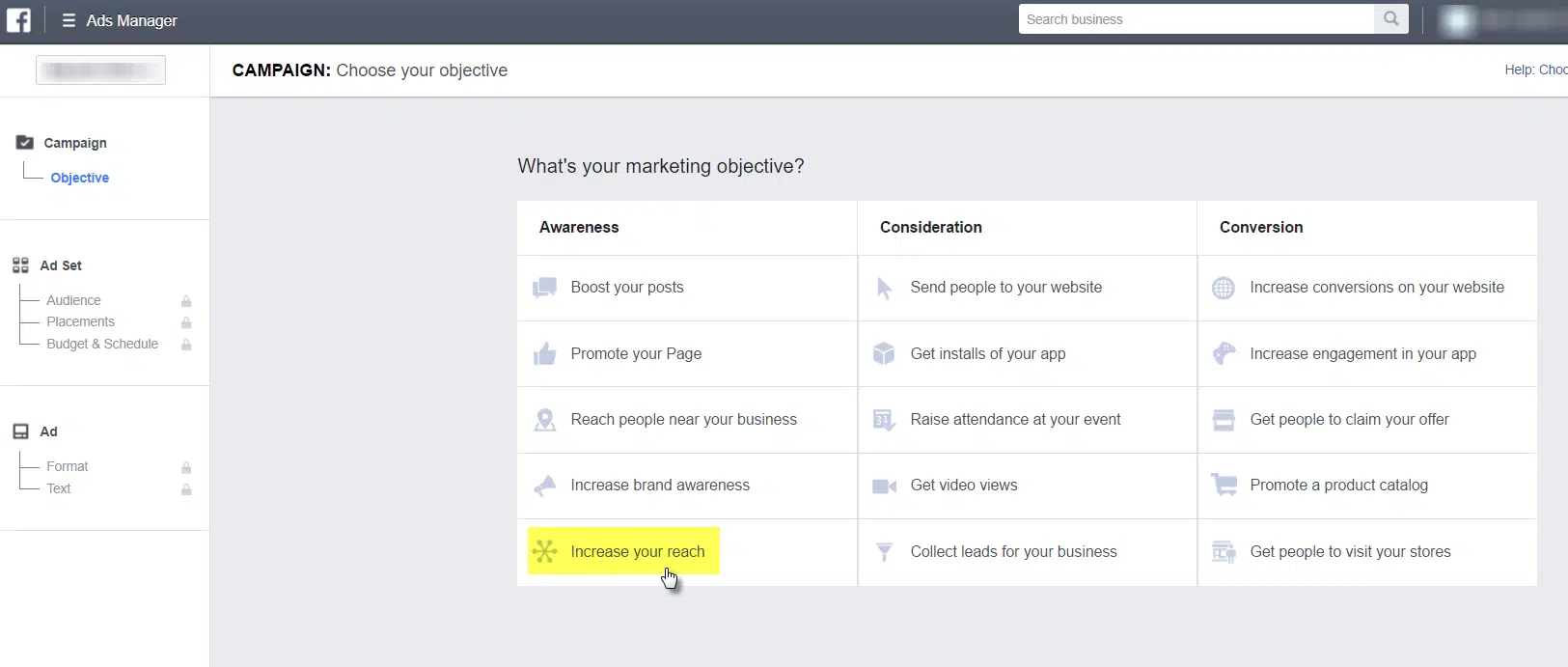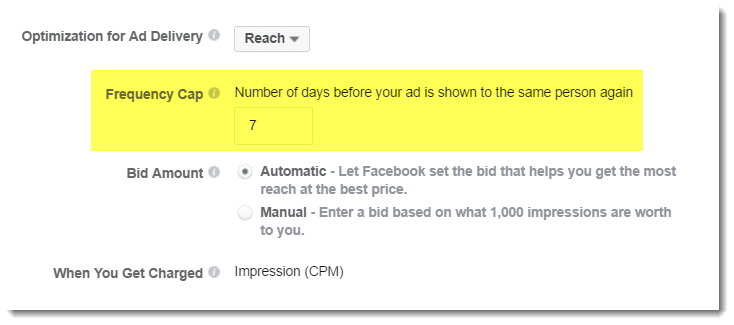-
by Joy Thompson
Digital marketing is constantly changing. As I type this sentence, Google is tweaking their algorithm, Mark Zuckerburg is developing a new feature that looks suspiciously similar to Snapchat, and Twitter’s stock keeps plummeting.
It takes a lot of effort to stay on top of the latest marketing stories. Luckily for you, I’ve done the grunt work for you. After scouring my RSS feeds and maxing out my 7th free trial of Buzzsumo, I’ve found all the biggest marketing topics for the last month.
I’ve included 8 of them below, as well as some insight as to how the news can affect your digital marketing. Enjoy!
1. Google is starting to experiment with mobile-first indexing
Over 60% of people who click on this blog post will do so from their mobile device. Surprise, surprise! More people are using their smartphones to experience the internet.
Honestly, at this point, if your site isn’t mobile-friendly, you’re a lost cause
(Just kidding, our web design team can help 😉 )
As more evidence that we’re glued to our phones,Google just announced that they’re planning on implementing mobile-first indexing.
What does that mean?
That means that the Google web crawler that analyzes your site to determine its placement in the search results will be using the mobile version of your website first. In fact, it’s unclear if Google will even crawl the desktop version of your website in the future.
Be really worried if…
- Your site isn’t mobile-friendly
- Your mobile site is significantly stripped down compared to the desktop version
- I have to pinch-and-zoom from my smartphone to read your website
Drink champagne if…
- Your site is responsive
- You have a mobile site
- The content on your mobile site is the same or similar to your desktop site
Google says mobile-first indexing is in the testing phase, but don’t trick yourself into thinking that they won’t permanently implement this latest tweak. Previously added features like Accelerated Mobile Pages (see screenshot below) and “mobile-friendly” tags on search results are signs of things to come.
2. Google AdWords is implementing click-to-text extensions
For better or worse, the majority of people prefer texting to talking on the phone. It’s quicker, easier, and you don’t get bamboozled into a 45-minute conversation with your mom about the neighbor’s dog.
As a business, you want to make it as painless as possible for your customer to get in touch with you. Adding the ability to text you increases the opportunities to interact with your target audience while providing a positive customer service experience.
Google has added a click-to-message extension to AdWords. Similar to the call extensions, the CTA associated with these ads would encourage you to text the business (as opposed to calling or clicking your link). If you don’t have access already, you should be getting it soon– Google is taking it out of beta.
3. Vine has been snuffed
When Vine came out in 2012, it was revolutionary. So much so that Twitter quickly snatched it up just before the app officially launched. The 6-second video format allowed a new level of creativity and rawness that wasn’t offered on other social media platforms. Re-vines allowed clips to go viral quickly and helped create a slew of now-famous Vine influencers like Thomas Sanders and Zach King.
The downfall began as other social media channels like Instagram and Snapchat adopted the best parts of Vine. The video platform’s users began to spend their online time elsewhere.
Let’s be real, why would you surf Vine to find funny clips when you can just find 10-minute long compilations on YouTube of the best Vines? Why would you watch limited clips of digital magician Zach King on Vine when you can watch his more impressive tricks on Instagram?
Twitter is struggling, and it had to make tough cuts. Vine was at the top of the kill list (as well as 10% of their staff).
If nothing else, the demise of the formerly popular Vine is evidence that what’s hot today might not be hot tomorrow. Pokemon Go, watch your back.
It’s only fitting to pay tribute to the doomed social media network by embedding part of the reason it lost its popularity…. a YouTube compilation of really funny Vines.
4. Link offline sales with Facebook Ads (wait, what?)
Facebook Ads are awesome, especially for brand awareness, driving traffic to your website, and retargeting. Usually, if someone is complaining about Facebook Ads, it’s because they’re not seeing sales from the ads.
Let’s make one thing clear, Facebook Ads can drive sales, but it isn’t the best channel for last-click attribution. That’s where AdWords shines.
Measuring the impact of brand awareness can be tough, especially if you run a brick-and-mortar and you’re not asking your customer “how did you hear about us” after every purchase.
Facebook just offered a solution that could help you understand which in-store sales were attributed to Facebook Ads.
You can read more about this new feature, but in short, you link this data by exporting your sales into a spreadsheet. Then you upload that spreadsheet into Facebook Ads. Using that data, Facebook matches your in-store customers with users who interacted or saw your ad.
We’re looking forward to adding this data to Facebook Ad reporting.
5. We now have more control over frequency in Facebook Ads
If you’re running Facebook Ads effectively, you should be monitoring the amount of times a user is seeing your ads. This is reported as frequency. You pay attention to frequency because you want to make sure you’re not spamming your target audience.
Facebook has provided us options for limiting frequency within Facebook Ads. For a while now, we’ve been able to optimize ads for “daily unique reach”, which is great, but not perfect. The reason it’s not 100% ideal is because “daily unique reach” still shows the same user the same ad every 24 hours. What if you want to show your ad once every 3 days?
Meet the latest Facebook Ad objective: Reach.
When you select Reach as your objective, it’s optimized to show your ad to as many unique users as possible, while also giving you the option to space your ad out by more than 24 hours. For instance, you can tell Facebook Ads to show an ad to a user once every 3-7 days.
Worth noting, reach and impressions are very different. Impressions are the number of times your ad was shown, repeat views get counted. Reach is the number of times your ad was shown to unique users. If you see the same ad 3 times in a row, that’s 3 impressions, but only counted as 1 for reach.
6. Early results are in regarding Google’s unofficial Possum update
Google hasn’t officially named their latest algorithm shift, so the SEO world did it for them– Possum it is.
Personally, I would’ve gone with a slew of other (cuter) animal names that started with P like puffer fish, porcupine, parrot, pika, or my favorite, platypus.
FUN FACT: A platypus is the only mammal that lays eggs- FASCINATING!
Google’s “Possum” update was first recorded back in September, but we’re now starting to see the lasting impact on local SEO. The most noticeable changes revolve around how Google uses your IP address to pinpoint the best local search result.
Read more about the algorithm update on Moz.
7. Pinterest’s Promoted Pins just got a whole lot better
Promoted Pins were already effective because of their ability to drive website traffic and garner long-lasting inbound links (pins have a longer life than just about every other social media post).
Recently, Pinterest added the ability to retarget users based on…
- engagement with the pin
- engagement with your website
People who engage with your pin are letting you know they’re interested in your content. People who take action on your website (ex: make purchases) are letting you know that they’re really interested in your business. These are 2 valuable audiences you’ll want to target later with future content or offers.
8. Black Mirror gives us a glimpse into the future of social media
Netflix released season 3 of sci-fi hit Black Mirror, and it’s utterly terrifying. It’s not scary like American Horror Story, the Negan episode of Walking Dead, or the latest creepy clown epidemic; it’s scary like “oh crap, this could actually be the future.” The show does a good job of amplifying the worst of parts of emerging technology over the course of 6 episodes / short films.
All the episodes are good, but the first episode Nosedive, hit closest to home for me. The episode is all about a society that is obsessed with social media metrics. Imagine a world where the number of likes you receive on a photo affects your access to government services or the condo associations you can be a part of– that’s the gist of this episode.
I don’t want to spoil the show for you, but it’s worth binge watching the next time you have a 7-hour block of time to kill.
Wrapping up
You’re a business owner that shouldn’t be consumed with the ever-changing world of digital marketing. Unless you’re passionate about online marketing like we are, you will lose your mind trying to keep up. The point of this post is to give you a glimpse into the biggest marketing stories of the past month.
If you want more details on any of the stories we included in this post, feel free to ask us. Comment below or contact us.





